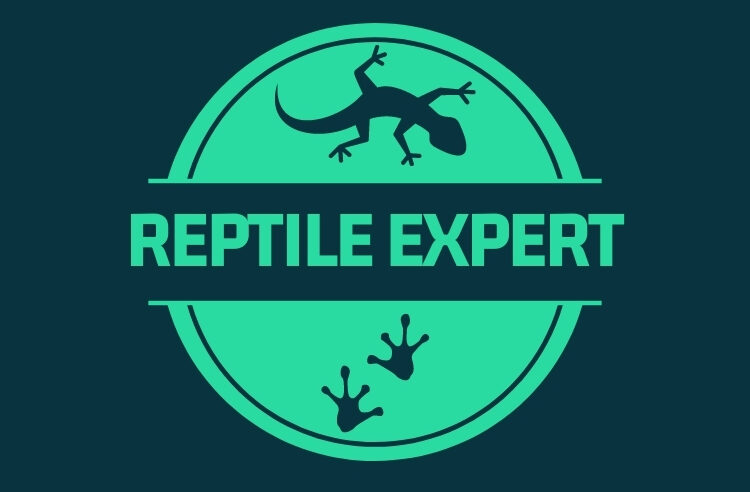Although not as famous as kangaroos bearded dragons are a well-known export from Australia and quite popular as pets, despite their complex dietary and environmental requirements. Their popularity is due in part to their sociable natures but also to their range of endearing behaviours which make them fascinating to watch. Almost all bearded dragons in the pet trade are captive-bred as Australia has very strict laws on exportation of its native wildlife.
The most commonly available species is the central or inland bearded dragon, so named because of the spines lining their throats. These spines can be made to stand up by inflating the throat when the dragon feels threatened. However, these aggressive displays are rare in captivity as these reptiles tend to be docile and easy to tame. Bearded dragons will grow to about 24 inches and can live up to 10 years, particularly if they are given good nutrition and housed in the ideal environment.
Housing Bearded Dragons
For adults, a minimum tanks size of 40 gallons is essential and larger is better – ideally over 55 gallons. Remember to fit a secure screen top cover. A thermal gradient must be set up, along with a basking spot, and temperatures should range from 80-85 F (26-30 C) on the cool side, up to a basking temperature of about 95-105 F (35 -40 C). At night, you can allow the temperature to drop down to 65-70 F (18-21 C).Heating can be provided by an incandescent lamp or by ceramic heaters or even a mercury vapour bulb in a dome reflector hood. Undertank heaters can also be used to provide supplementary heat.
Providing a consistent light-dark cycle to mimic conditions in the wild is very important and you can use an appliance timer to provide the 12-14 hours of light necessary per day. Some keepers like to provide their bearded dragons with natural light and this can be very beneficial. However, if you do leave your dragon outdoors, make sure you provide some shade and shelter – never leave it in a glass tank as this can overheat quickly in the sunlight with fatal consequences. In addition, make sure that you provide your bearded dragon with exposure to UVA and UVB rays through a special UV light source designed for reptiles.
Not everyone agrees on the suitable subtrate for bearded dragons. In general, you should avoid using loose substrate such as sand when your dragon is still young as there is a strong risk of ingestion and intestinal impaction. Thus, it is better to use paper towels, newspapers or Astroturf instead. Adults can cope with sand, providing it is washed play sand and not fine silica sand.
Avoid wood shavings, corn cob and walnut shell which can cause problems if swallowed. If you are using sand, remove faeces regularly with a cat litter scoop and clean out the cage completely (including disinfection) several times a year.
As bearded dragons are semi-arboreal, it is good to provide them with sturdy rocks, logs and branches to give them something to climb on and perch off the ground – especially near their basking spot. Make sure you also provide hiding places, ideally one at each end of the thermal gradient, and some artificial plants also make interesting additions to the environment.
Feeding Bearded Dragons
Bearded dragons are omnivorous and in the wild, would eat a variety of insects and small animals, as well as plant material. In captivity, they do well on a diet that is a mixture of insects and some greens and vegetables.
Since bearded dragons can be prone to impaction in their intestines, especially when young, it is a good idea to avoid feeding insects with “crunchy” exoskeletons, such as mealworms in large quantities. You can reduce the risks by feeding insects straight after their moult, when their exoskeletons are still soft. Adults can cope fairly well, though, and you can feed them a main diet of crickets, supplemented by silkworms, waxworms, red worms, butterworms, earthworms, and newly molted mealworms and superworms as occasional “treats”. Adults will also appreciate a pre-killed pinkie mice from time to time.
Never feed wild-caught insects as these can harbour toxic pesticides. In addition, make sure your insects are gut loaded with nutritious food and lightly dusted with a calcium and Vitamin D (no phosphorus) supplement. You can also dust them with a complete multivitamin once a week.
The diet should also be supplemented with fresh green leafy vegetables such as spinach, mustard greens, turnip greens, parsley, and vegetables such as squash, carrots, green beans, peas, bell peppers. You can also add some fruits, such as bananas, apples, berries and grapes. A common way to feed all of this is chopped up in salad. Overall, plant material should make up 20-30% of the diet. Lastly, water should always be available in a shallow dish and occasional misting can be done but be careful of making the environment too wet or humid.
Bearded Dragons as Pets
Their sociable natures and docility make bearded dragons great pets, especially for beginners, and most are easily tamed and handled with little effort. When holding these lizards, make sure you scoop them up under the belly and support their belly with the palm of your hand, allowing your fingers to gently curl over the body. As their nails can get sharp, it is a good idea to trim them regularly. Bearded dragons have several behaviour traits which make them fascinating to watch – the most endearing being their tendency to lift a front leg in a circular motion, which looks like they are waving to you!
